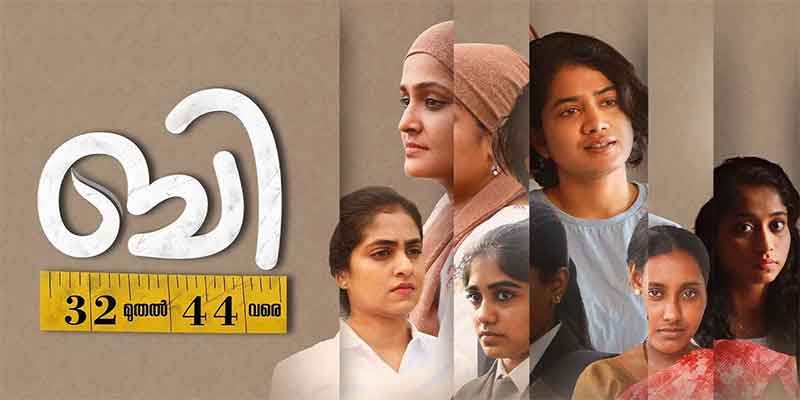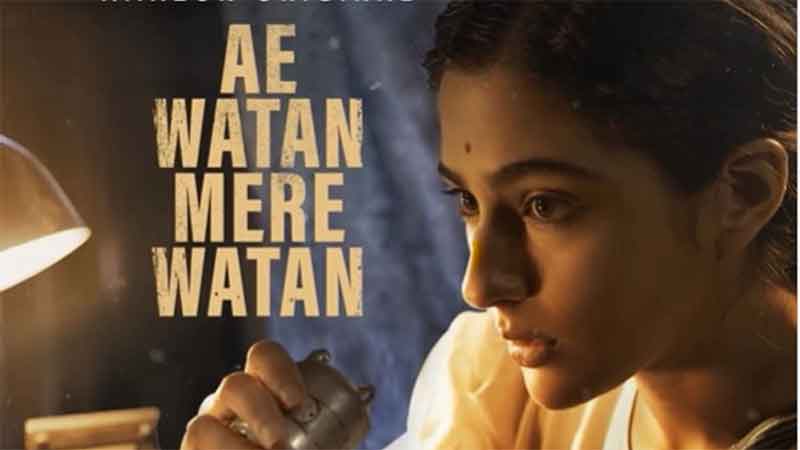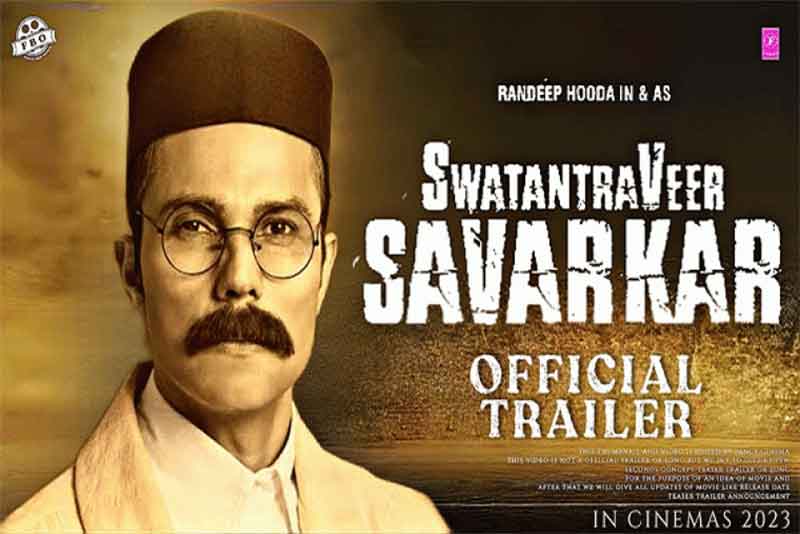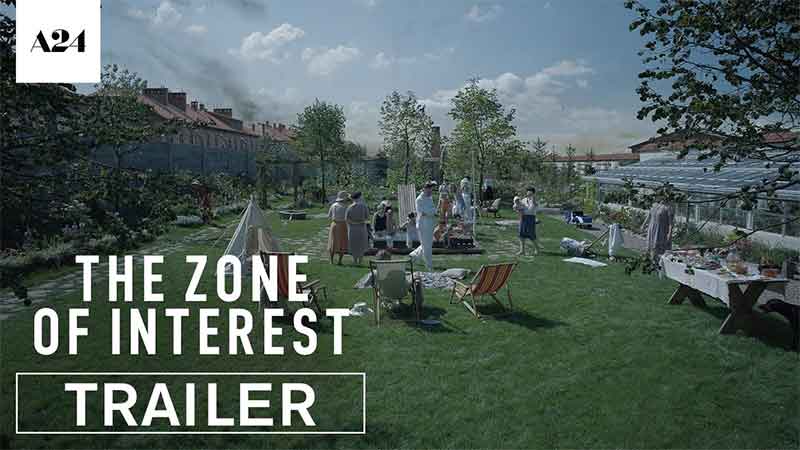This Indian film delves into the pervasive issue of women being unjustly reduced to mere physicality, shedding light on the challenges they face in today’s society.

The film “B 32 to 44” elaborately navigates the subtedly landscape of women’s experiences, deftly addressing profound themes such as body politics and societal expectations. Written and directed by Sruthi Sharanyam and produced by kerala state film development cooperation. Its narrative revolves around six female protagonists, each uniquely grappling with the challenges woven into their life journeys. Notably, director Shruthi artfully introduces these characters, juxtaposing their identities with a poignant exploration of body imagery. The titular “B” serves as a dual metaphor, symbolizing both body and breast, underscoring the film’s examination of how women’s bodies are often romanticized as objects for male pleasure.
The storyline unfolds with a deliberate correlation between each character, weaving a tapestry that not only exposes the struggles of the individual but also explores the unbreakable bonds of sisterhood. The movie’s thematic richness extends beyond mere portrayal, delving into the profound notion of women uplifting one another through mutual support.
The stellar ensemble cast, featuring Ramya Nambeesan, Anarkali Marakar, Ashwathy B, Zarin Shihab, Krishna Kurup, and Raina Radhakrishnan, deliver performances that effortlessly draw the audience into the narrative. Each actor brings authenticity to their roles, creating a captivating cinematic experience that resonates with the complex of the characters’ lives.
Noteworthy is the film’s exploration of body shame, exemplified through the character Imaan. Her struggles, tangledly portrayed, shed light on the societal challenges imposed on women with smaller petite sizes, impacting even essential aspects like job opportunities. It also shows societal attitudes toward women with less conventional sizes, offering a poignant reflection on prevailing norms.
Ramya Nambeesan portrayed Malini, grappling with mastectomy and perceiving shifts in her husband’s behavior during treatment. Nidhi, a schoolgirl and rape survivor with a child, had her post-rape life uniquely depicted, highlighting the challenges of teenage motherhood.
Anarkali Marakar, embodying Ziya, skillfully portrayed a queer character, contributing depth to the film. Sajitha Madathil, as Reetha, exemplified the role of sisterhood in women’s empowerment, showcasing the profound support one woman can provide another in times of need.
The film “B 32 to 44” elaborately navigates the subtedly landscape of women’s experiences, deftly addressing profound themes such as body politics and societal expectations. Its narrative revolves around six female protagonists, each uniquely grappling with the challenges woven into their life journeys. Notably, director Shruthi artfully introduces these characters, juxtaposing their identities with a poignant exploration of body imagery. The titular “B” serves as a dual metaphor, symbolizing both body and breast, underscoring the film’s examination of how women’s bodies are often romanticized as objects for male pleasure.
The storyline unfolds with a deliberate correlation between each character, weaving a tapestry that not only exposes the struggles of the individual but also explores the unbreakable bonds of sisterhood. The movie’s thematic richness extends beyond mere portrayal, delving into the profound notion of women uplifting one another through mutual support.
The stellar ensemble cast, featuring Ramya Nambeesan, Anarkali Marakar, Ashwathy B, Zarin Shihab, Krishna Kurup, and Raina Radhakrishnan, deliver performances that effortlessly draw the audience into the narrative. Each actor brings authenticity to their roles, creating a captivating cinematic experience that resonates with the complex of the characters’ lives.
Noteworthy is the film’s exploration of body shame, exemplified through the character Nidhi. Her struggles, tangledly portrayed, shed light on the societal challenges imposed on women with smaller petite sizes, impacting even essential aspects like job opportunities.
The portrayal shed light on societal attitudes toward women with less conventional sizes, offering a poignant reflection on prevailing norms.
Ramya Nambeesan portrayed Malini, grappling with mastectomy and perceiving shifts in her husband’s behavior during treatment. Imaan, a schoolgirl and rape survivor with a child, had her post-rape life uniquely depicted, highlighting the challenges of teenage motherhood.
Anarkali Marakar, embodying Ziya, skillfully portrayed a queer character, contributing depth to the film. Sajitha Madathil, as Reetha, exemplified the role of sisterhood in women’s empowerment, showcasing the profound support one woman can provide another in times of need.
“B 32 to 44” emerges as a thought-provoking cinematic piece that courageously tackles societal norms, celebrating the strength and resilience of women in the face of adversity.
This Indian film emerges as a thought-provoking cinematic piece that courageously tackles societal norms, celebrating the strength and resilience of women in the face of adversity.
It elaborately navigates the subtedly landscape of women’s experiences, deftly addressing profound themes such as body politics and societal expectations. Its narrative revolves around six female protagonists, each uniquely grappling with the challenges woven into their life journeys. Notably, director Shruthi artfully introduces these characters, juxtaposing their identities with a poignant exploration of body imagery. The titular “B” serves as a dual metaphor, symbolizing both body and breast, underscoring the film’s examination of how women’s bodies are often romanticized as objects for male pleasure.
The storyline unfolds with a deliberate correlation between each character, weaving a tapestry that not only exposes the struggles of the individual but also explores the unbreakable bonds of sisterhood. The movie’s thematic richness extends beyond mere portrayal, delving into the profound notion of women uplifting one another through mutual support.
The stellar ensemble cast, featuring Ramya Nambeesan, Anarkali Marakar, Ashwathy B, Zarin Shihab, Krishna Kurup, and Raina Radhakrishnan, deliver performances that effortlessly draw the audience into the narrative. Each actor brings authenticity to their roles, creating a captivating cinematic experience that resonates with the complex of the characters’ lives.
Noteworthy is the film’s exploration of body shame, exemplified through the character Nidhi. Her struggles, shed light on societal attitudes toward women with less conventional sizes, offering a poignant reflection on prevailing norms.
Ramya Nambeesan portrayed Malini, grappling with mastectomy and perceiving shifts in her husband’s behavior during treatment. Imaan, a schoolgirl and rape survivor with a child, had her post-rape life uniquely depicted, highlighting the challenges of teenage motherhood.
Anarkali Marakar, embodying Ziya, skillfully portrayed a queer character, contributing depth to the film. Sajitha Madathil, as Reetha, exemplified the role of sisterhood in women’s empowerment, showcasing the profound support one woman can provide another in times of need.
The film “B 32 to 44” elaborately navigates the subtedly landscape of women’s experiences, deftly addressing profound themes such as body politics and societal expectations. Its narrative revolves around six female protagonists, each uniquely grappling with the challenges woven into their life journeys. Notably, director Shruthi artfully introduces these characters, juxtaposing their identities with a poignant exploration of body imagery. The titular “B” serves as a dual metaphor, symbolizing both body and breast, underscoring the film’s examination of how women’s bodies are often romanticized as objects for male pleasure.
The storyline unfolds with a deliberate correlation between each character, weaving a tapestry that not only exposes the struggles of the individual but also explores the unbreakable bonds of sisterhood. The movie’s thematic richness extends beyond mere portrayal, delving into the profound notion of women uplifting one another through mutual support.
The stellar ensemble cast, featuring Ramya Nambeesan, Anarkali Marakar, Ashwathy B, Zarin Shihab, Krishna Kurup, and Raina Radhakrishnan, deliver performances that effortlessly draw the audience into the narrative. Each actor brings authenticity to their roles, creating a captivating cinematic experience that resonates with the complex of the characters’ lives.
Noteworthy is the film’s exploration of body shame, exemplified through the character Nidhi. Her struggles, tangledly portrayed, shed light on the societal challenges imposed on women with smaller petite sizes, impacting even essential aspects like job opportunities.
The portrayal shed light on societal attitudes toward women with less conventional sizes, offering a poignant reflection on prevailing norms.
Ramya Nambeesan portrayed Malini, grappling with mastectomy and perceiving shifts in her husband’s behavior during treatment. Imaan, a schoolgirl and rape survivor with a child, had her post-rape life uniquely depicted, highlighting the challenges of teenage motherhood.
Anarkali Marakar, embodying Ziya, skillfully portrayed a queer character, contributing depth to the film. Sajitha Madathil, as Reetha, exemplified the role of sisterhood in women’s empowerment, showcasing the profound support one woman can provide another in times of need.
“B 32 to 44” emerges as a thought-provoking cinematic piece that courageously tackles societal norms, celebrating the strength and resilience of women in the face of adversity.
“I believe this movie need to get played in schools itself”:Shrudhi Sharanyam.
She emphasized the necessity for the film to be incorporated into school screenings, believing it could contribute to fostering essential awareness. Shruthi pointed the absence of sex education as the primary cause behind the behaviors depicted in the conclusion. She noted that children often consider gender and sex as same due to this deficiency in sex education. she expressed the view that till now the society is not ready to address this inadequately.
“I believe this movie need to get played in schools itself”:Shrudhi Sharanyam.
She emphasized the necessity for the film to be incorporated into school screenings, believing it could contribute to fostering essential awareness. Shruthi pointed the absence of sex education as the primary cause behind the behaviors depicted in the conclusion. She noted that children often consider gender and sex as same due to this deficiency in sex education. she expressed the view that till now the society is not ready to address this inadequently.
( Remarks from the Q&A section held after the movie screening of “B 32 to 44” at Kerala literature festival on January 13 )
Sana Zubair is a convergent journalism student at Media One Academy, Calicut, Kerala.
















































